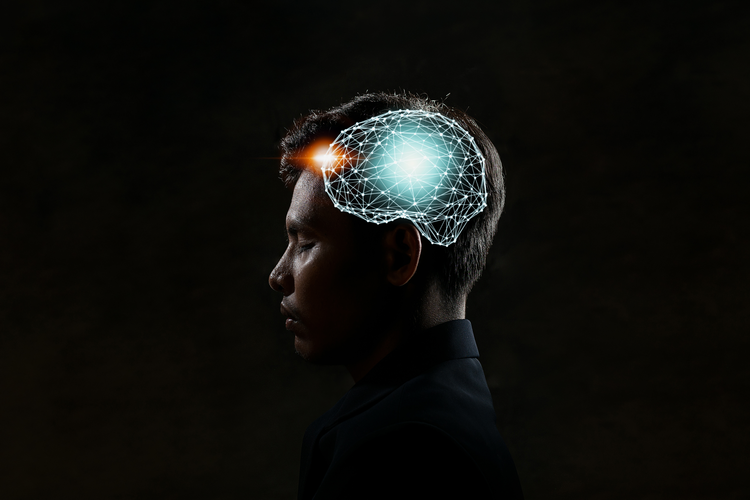Source:-thomasnet
Which do you think would benefit humanity the most:
Fixing brain injuries and complex neurological disorders
Creating a brain-machine interface
Merging humans with artificial intelligence
These are the three goals of Elon Musk’s mysterious start-up, Neuralink. Not much is known about the venture compared with SpaceX, Tesla, and The Boring Company, yet its potential impacts are greater than all these other companies combined.
How Will Neuralink Work?
Described as a “wizard hat for the brain,” it’s likely that Neuralink’s brain-machine interface (BMI) will involve removing part of the skull to fit a neural lace — a digital layer above the cortex — to enable the computerization of the brain.
Since 2016, the venture has considered multiple types of BMIs, both invasive — involving skull-opening surgery — and non-invasive. The device will need to be able to:
Be miniaturized
Send and receive data wirelessly
Be capable of signal amplification, analog-to-digital conversion, and data compression
Be powered inductively
Be biocompatible with the human brain
If implementation involves invasive surgery, the advancement of this technology will be constrained by the limited number of brain surgeons. Musk has spoken in the past of automating BMI implantation with a Lasik-like machine if this is ever to happen at scale.
BMI implantation techniques that Neuralink is considering include:
A brain interface made of silk that will melt into the brain contours like shrink wrap.
An electrode array printed directly onto the brain like a temporary tattoo.
A nano-scale neural mesh that can be injected with a syringe.
Accessing the brain through veins and arteries like a stent.
Neural dust, or tiny silicon sensors that could be “sprinkled” through the cortex.
Optogenetics, or controlling the brain with light.
Fixing Neurological Disorders
Computerizing a human brain could enable an unprecedented leap in the treatment — and even cure — of complex neurological problems.
A BMI could potentially treat or cure depression, addiction, brain and spinal cord injuries, and congenital defects. It could enable a quadriplegic person, for example, to control a bionic limb using their mind.
Musk recently tweeted that the concept was both “great and terrifying” and that helping with dire brain injuries will be Neuralink’s first priority. Of the venture’s three stated goals, treatments such as these are seen as the nearest-term and most achievable.
Brain-machine Interface
In the medium-term, it will be some time before mind-based computer control is possible. Teaching a machine to understand signals from the human brain — without the go-between of language — is in many ways more complicated than SpaceX’s mission to Mars.
Neuralink announced last year that it successfully enabled a monkey to control a computer with its brain, but converting this research into a consumer product — including FDA approval — will be a slow process.
Applications of the BMI could include:
Controlling linked (IoT) devices such as smart door locks directly with your brain, without the need for a go-between such as a virtual assistant.
Operating linked devices such as an electric keyboard, construction site machinery, or steering vehicles with a faster reaction time than you would have if you used your arms.
Mind-to-mind communication — yes, telepathy! Musk explained in an interview with Wait But Why: “If I were to communicate a concept to you, you would essentially engage in consensual telepathy. You wouldn’t need to verbalize unless you want to add a little flair to the conversation, but the conversation would be conceptual interaction on a level that’s difficult to conceive of right now.”
Taking control of mood disorders — chemical levels in the brain — directly without the need for pharmaceuticals.
Boosting how fast the brain can learn.
Computerizing the brain raises two glaring concerns: computers can crash and, more of a concern, computers can be hacked. This technology will never come about unless the public can be convinced that the dangers are understood and managed.
Human–AI Symbiosis
This is where things get “pretty weird,” according to Musk.
Essentially, the longest-term goal is transhumanism, or enabling the next step in the evolution of the human race and overcoming our limitations — such as the processing power of our brains — by merging with technology. Musk described it as “achieving a sort of symbiosis with artificial intelligence.”
Sound scary? So is the alternative. Musk’s view is that one day soon, AI will surpass human intelligence — Terminator-style — and we will be left behind as a species. Musk believes that only by creating a high-bandwidth brain-machine interface will we have a chance of keeping up with the machines.


